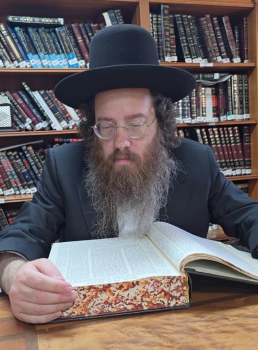What Were the Urim and Tumim?
Question
Answer
Shalom!
Thank you for your question!
As this platform is primarily for questions in Jewish law, and not PhD level Biblical exegesis, please allow me to be brief.
In Biblical and Talmudic times when an urgent decision had to be made, usually affecting the entire nation, the High Priest would be consulted. The High Priest wore a distinguished breastplate over his chest and inside the breastplate was a parchment known as the Urim and Tumim, translating as “lights and perfection.” On the parchment was written God’s four letter name.
The Urim and Tumim functioned as a type of oracle that would reveal God’s will when such decisions were needed.
When a major decision had to be taken or an answer was needed, the High Priest would stand facing the Holy Ark (which housed a Torah scroll and the Ten Commandments) and the one asking the question, usually a priest, king, prophet or other distinguished individual, would stand behind him. The question was asked in a manner that only a “yes” or “no” would be required. A common example of this was “Should we go to war.” After the question was asked certain letters on the breastplate would protrude or light up. These letters were from the names of the twelve tribes which were engraved on the breastplate.
According to most accounts, the Urim and Tumim were lost after the destruction of the First Temple though there is a view that they existed but would no longer work.
Hope this helps!
Source
Sources: Exodus 28:30, Numbers 27:21, I Samuel 5:23, 10:22, 14:4; Mishna Yoma 7:5; Yoma 21b,73a; Sota 48b; Rambam, Hilchot Klei Hamikdash 1-:11; Rambam, Hilchot Beit Habechira 4:1
